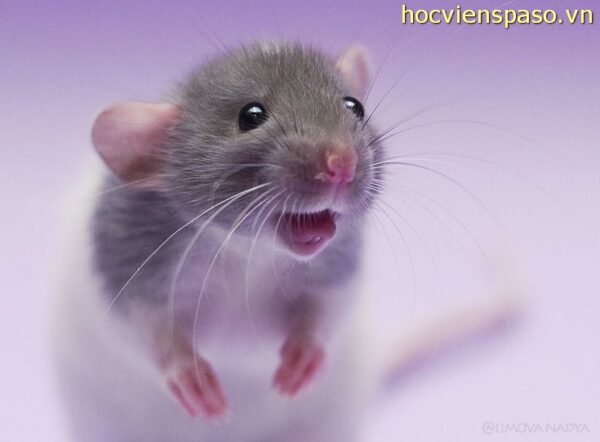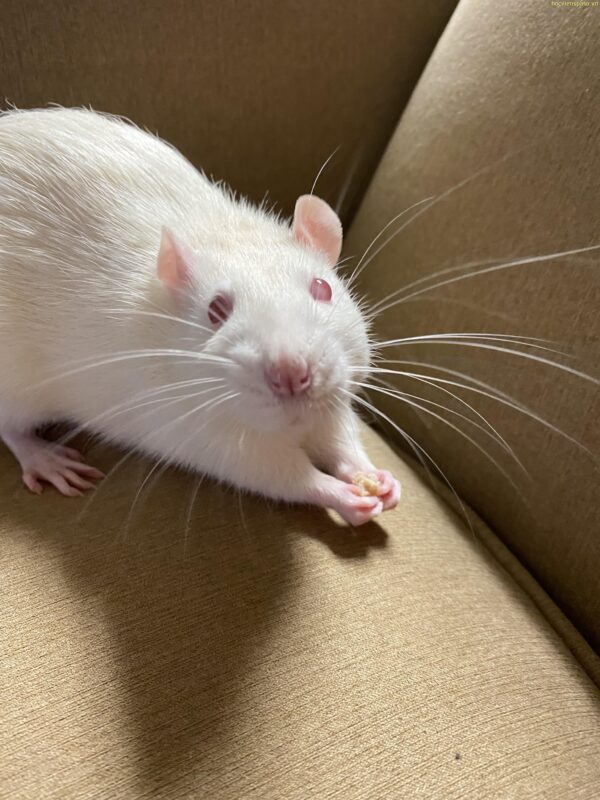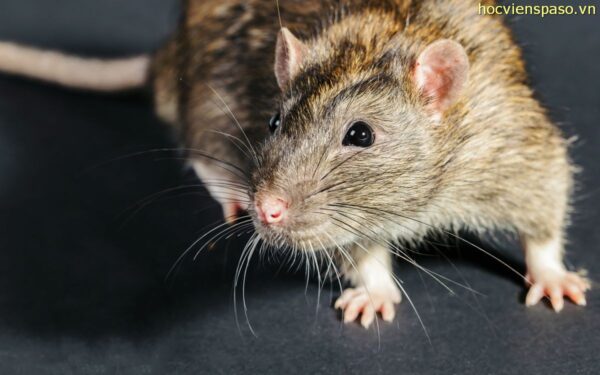Baby Laughing Rats Gore: Discover the unique communication language of rodents.

Let’s explore the exciting communicative world of Gore – a fascinating subject that offers an exciting adventure into the world of rodents. We will learn about the unique ultrasonic pronunciation of rats and mice, explore their complex language beyond human hearing.
Although not officially recognized in the scientific literature, Gore baby laughing rat has attracted the interest of many researchers. We will dive into the study of these particular sounds and learn about the emotional meaning they bring. By exploring the field of rodent communication, we will gain insight into aspects such as animal behavior, cognition and neurobiology. To discover more about this fascinating topic, keep reading on hocvienspaso.vn for insights and in-depth discussions. Reveal the incredible language of rodents with Baby Laughing Rats Gore!

I. What is Baby Laughing Rats Gore
“Baby Laughing Rats Gore” is a fascinating and stimulating exploration of the field of rodent communication, with a particular focus on the sonorous sounds of rats and mice. The term, although not officially recognized in the scientific literature, includes the study of the unique sounds these tiny creatures make, which exist beyond human hearing.

“Baby Laughing Rats Gore” explores and unearths the diverse facets of rodent communication, from the distressed cries of baby mice to the complex songs that males perform in front of potential mates, and even laughter-like sounds that rats make when experiencing positive states like joy and elation.
The term is also related to the research methods of capturing and analyzing these ultrasonic sounds, as well as the emotional meanings and diverse range of responses these sounds convey. Researchers have investigated how rodents’ ultrasonic sound communication can contain important messages about emotions, states, and social interactions.
In addition to the available scientific benefits, “Baby Laughing Rats Gore” has remarkable practical application potential. Research on “Baby Laughing Rats Gore” can contribute to a deeper understanding of animal behavior and cognition, especially in the area of social interaction and communication. At the same time, it can also provide the scientific basis for the development of therapeutic methods and make advances in the treatment of social communication disorders of people.
In a nutshell, “Baby Laughing Rats Gore” serves as a fascinating doorway into the enchanting world of supersonic communication between rodents. It helps us better understand the amazingly rich and complex language these creatures use to connect and express themselves.
II. The hidden world of Baby Laughing Rats Gore

In the hidden universe of “Baby Laughing Rats Gore”, a dramatic world begins to unfold. The word conjures up unsettling images at first, but as we explore deeper, we are swept up in an adventure full of surprises and wonder.
With each step forward, unexpected consequences unfold. Mice and rats, with their unique supersonic communication abilities, create complex melodies and deep emotions, like actors on stage performing with the subtlety of secret language.
The word “baby” in the phrase can be understood as referring to the early stages of life for these rodents, when they begin to use ultrasonic pronunciation to communicate with their mothers and siblings. It is during this period that the complexity and multidimensionality of their ability to communicate becomes apparent for the first time.
The “laugh” section represents the surprising discovery that rats are capable of making sounds similar to human laughter when they are feeling happy or excited, such as when playing or participating in similar activities. on one’s own. This similarity opens interesting questions about the emotional lives of these animals and the possibility of similarities with human emotional expressions.
The word “gore” may at first seem inappropriate in this context, as it is often associated with images of violence or horror. However, in the context of “Baby Laughing Rats Gore”, it can be understood metaphorically, reflecting the depth and intensity of emotional expressions conveyed through the vocalizations of the rodents. this nibble. In addition, it can also refer to challenges and methods
III. The Purpose of Ultrasonic Vocalizations
Ultrasonic vocalization plays an important role in the lives of many animals, including mice and rats, and is the center of research on “Child Laughing Rats”. In addition to human hearing, these high-frequency sounds are used in many communication functions.

Communicating in Difficulty: Puppies and pups use ultrasonic vocalization when having difficulty or are separated from their mother. This is an important way of communicating to signal discomfort or the need for attention.
Social association: As adults, rats use more complex vocalizations to establish and maintain social hierarchy and associations.
Mating calls: Male rats use ultrasonic vocalization during mating. These sounds vary between individuals and are used to attract offspring and attract potential partners.
Expressing Positive Emotions: Rats and mice have the ability to express positive emotions through ultrasonic sounds. When engaged in play or tickling, they make sounds that resemble human laughter.
Alarm call: Mice and rats use ultrasonic sound to warn others of danger. This alarm call helps inform of the threat and initiate collective defense actions.
Ultrasound pronunciation provides an important communication tool for mice and rats. From expressing a basic need to engaging in complex social interactions, these high-frequency sounds play an important role in their social existence and organization. Understanding these pronunciation methods helps researchers and scientists gain insight into
IV. Conclusion
The study of “Baby Laughing Rats Gore” also paves the way for a deeper understanding of communication in the broader scope of the animal kingdom. The intriguing parallels between rodent vocalizations and human language prompt us to contemplate the complexity of communication systems beyond our own. Furthermore, it opens up potential paths for research, possibly contributing to understanding and addressing human communication disorders.
In conclusion, “Baby Laughing Rats Gore” is an enthralling journey into the hidden realm of ultrasonic frequencies, revealing a world teeming with emotions, connections, and complex social interactions. By unmasking the secrets of mice and rat communication, we not only uncover the remarkable intricacies within their ultrasonic symphony but also gain a newfound appreciation for the vastness and diversity of life. As the exploration continues, the captivating world of “Baby Laughing Rats Gore” remains an open book, full of chapters yet to be written and secrets yet to be discovered.





